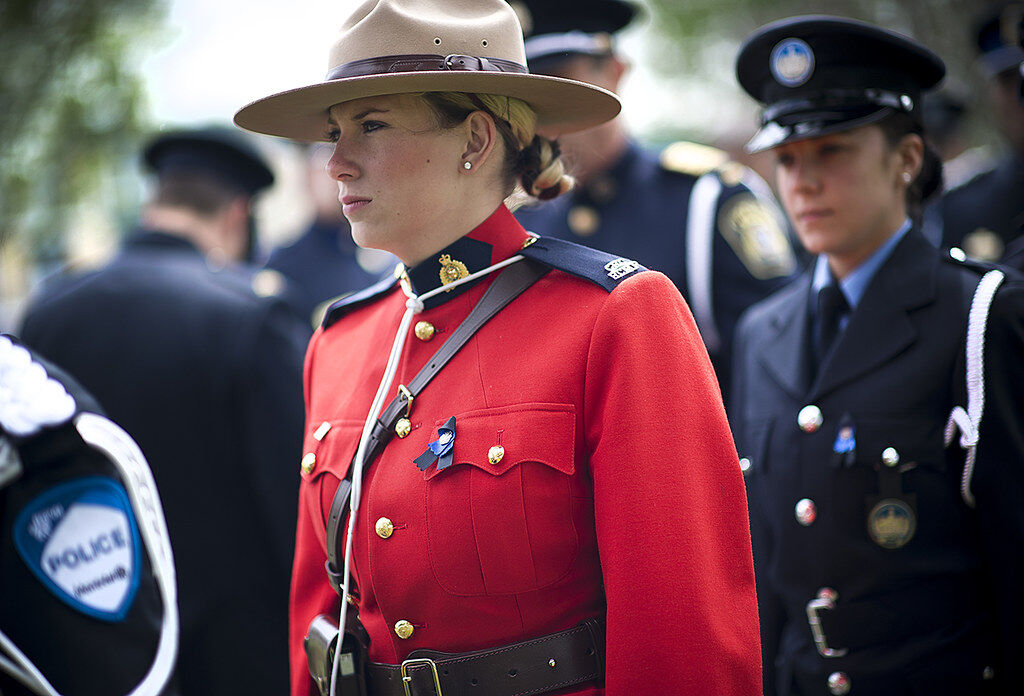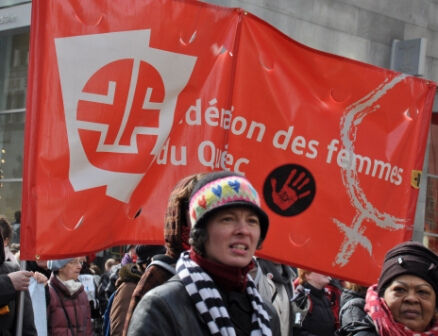In Quebec, the Charter of Human Rights and Freedoms defends gender equality, in particular, that anyone with the same qualifications should receive an equal salary for equivalent work. However, the average salary for women is still lower than that of men. Women also have more trouble obtaining positions in traditionally male-dominated fields. This is particularly true in the construction industry and some public safety professions like law enforcement and firefighting.

In Quebec and Canada, women are still a minority in some traditionally male-dominated professions.
Since the early 2000s, public opinion in Quebec society has continued to evolve considerably with regard to gender equality, bringing change in social and economic spheres. Despite still representing a minority in certain fields, there are almost as many women as men overall in the workforce.
Feminist movements of the 20th century have brought profound change in people’s lives, especially for women in the second half of the 21st century. Quebec society is working toward pay equity and parity in the workplace for both men and women. In the last several years, the government has also improved measures to support work-family balance for parents.

Some political figures from Quebec came out of the feminist movement. One example is Manon Massé, who co-organized the World March of Women against Poverty and Violence in 2000, and went on to become the spokeswoman for Québec Solidaire (QS).
The struggle for gender equality is not over, but Quebec society as a whole continues to work to achieve this goal.
The Pay Equity Act was passed in 1996, forcing employers to comply with specific regulations. It means that female workers with the same qualifications must be paid the same as male workers for equivalent work.
In 2006, the government signed agreements with unions regarding pay equity for traditionally female professions. There are still significant pay gaps in women’s salaries in healthcare, education and public service. Labour unions have fought hard to correct the situation and make sure that women who are discriminated against receive salary adjustments.
In addition to seeking gender pay equality, Quebec has taken steps to achieve parity, so that the number of women in a workplace is equal to the number of men.
Accordingly, in 2006, the government adopted the Act Respecting the Governance of State-owned Enterprises. This act requires an equal number of women and men on the boards of directors of Crown Corporations like Hydro-Québec, the SAQ, etc.
In 2011, the Quebec government passed the Act Respecting Equal Access to Employment in Public Bodies. It requires organizations to hire as many men as women.

Gains made for women are the result of long feminist struggles. The Fédération des Femmes du Québec (FFQ) organized many events to ensure that the government heard their demands.
In the 2000s, there were many women in the workforce, but it was difficult to strike a balance between their family and professional responsibilities. This limited their access to some positions of power.
At the turn of the 21st century, new government measures, such as subsidized childcare at a cost of $5 per day, facilitated work-family balance.
The Act Respecting Parental Insurance, which was passed in 2001, had a significant impact on the lives of women in Quebec. This act allowed new mothers to receive a portion of their salary while on maternity leave. Employers are required to provide new parents with leave and keep employees’ positions for them until they return to work, providing new job security to women.